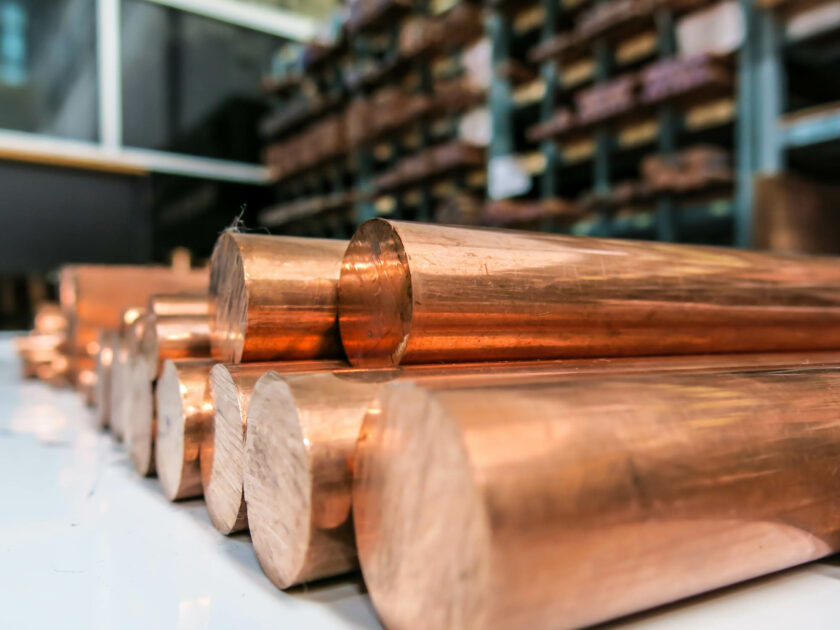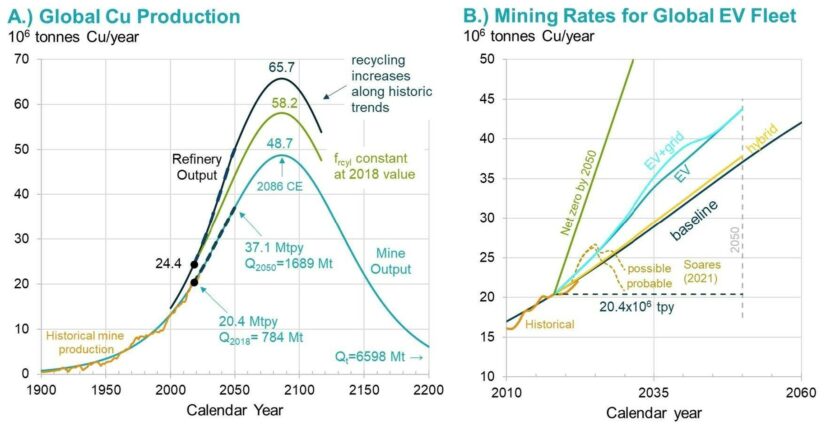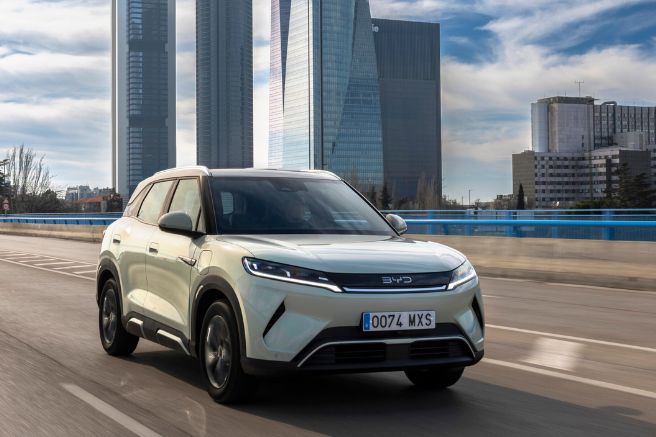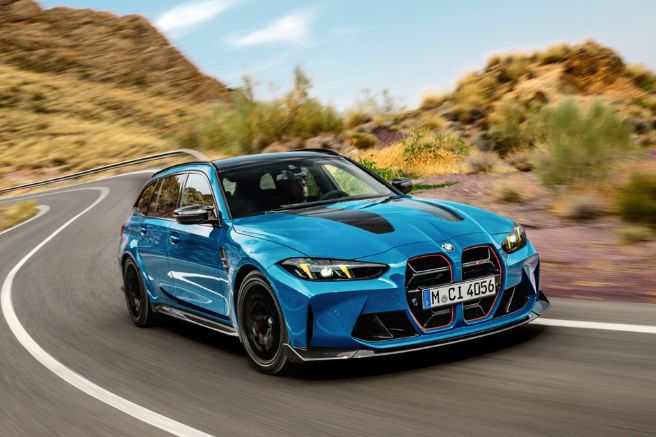
According to a study advanced by Adam Simon, a researcher at the Earth and Environment faculty of the University of Michigan, in the United States, a traditional Honda “Accord”, i.e. driven by an internal combustion engine, requires approximately 18 kilos of copper. The same car, if powered by electricity, requires around 90 kilos of copper. About five times more. The use of copper is also constantly growing in all industrial sectors and this is creating quite a few supply problems as, again according to Adam Simon’s study, since 2018 the industry has been using more copper than it can manage dig. A trend accentuated in recent years by the “green” transition and, in particular, by electric cars. The alarm therefore does not concern the availability of the raw material, estimated in 2017 at around five thousand and 600 million tonnes of discovered deposits and estimates of those not yet discovered, but rather the speed of extraction which cannot be implemented much more. Already in 2018, compared to a worldwide use of copper which reached 24 million 400 thousand tonnes, extraction stopped at 20 million 100 thousand tonnes, a deficit of around 18 percent which is continuously growing and which will be estimated to reach 36 percent. Data induced by a demand of approximately 50 million tonnes compared to an extraction capacity of 37 million 100 thousand tonnes.

“With our paper, we show how the amount of copper needed is much higher, and essentially impossible to produce, than what is extracted by mining companies” write the researchers, underlining that there are currently 709 copper mines operating globally, with the largest located in Chile – the Escondida mine, in the Atacama desert in the Antofagasta region – which has an annual production of 880 thousand tonnes/year. Given this data, the researchers argue that the electric car as a whole is not at all more “ecological” than traditional ones and, indeed, is destined to worsen the current pollution standards of the globe. In their opinion, it would be better if we focused on the most varied forms of hybrid propulsion created by combining endothermic engines powered by non-fossil fuels with electric motors having primary or support functions depending on the case.



